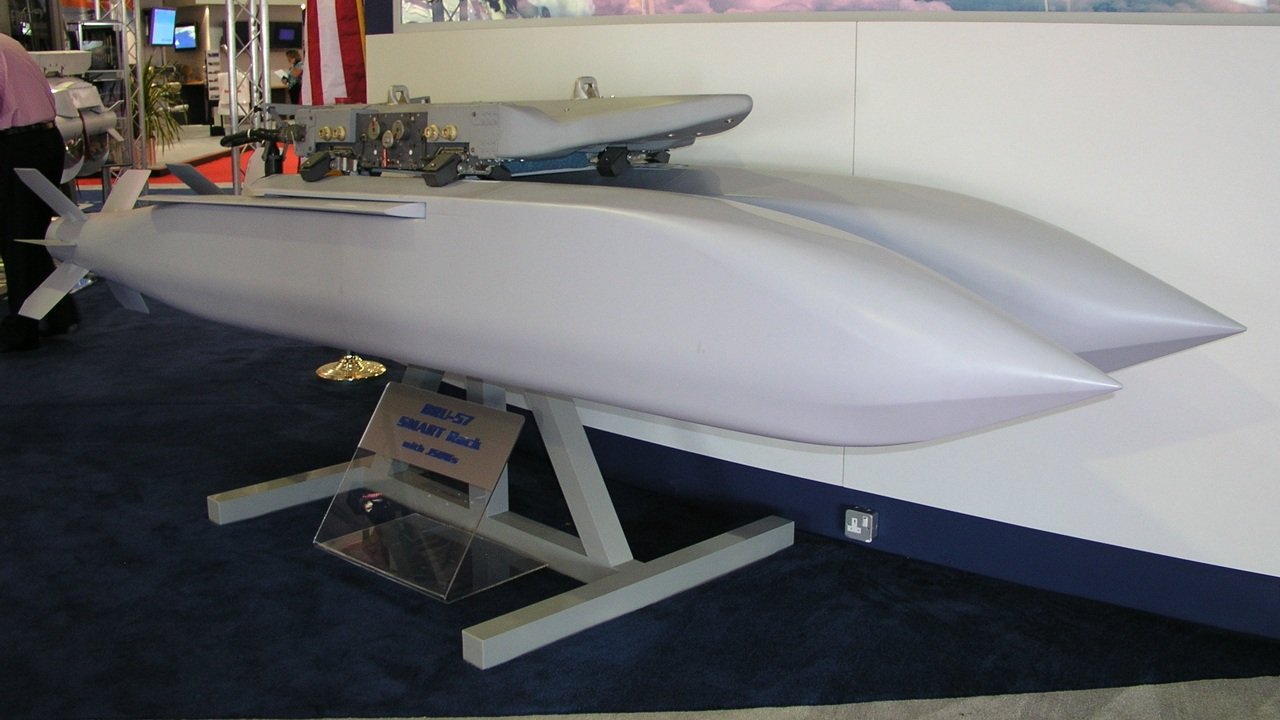There are only a handful of countermeasures the Ukrainians (and their NATO allies) can deploy to stop the Russian glide bombs.
Russia’s glide bombs have been keeping NATO defense planners up at night—so much so that NATO announced the formation of the Counter Glide Bombs Competition. But what are glide bombs, and why are they so vexing to NATO’s European defenders?
Here again, NATO is forced to admit in its actions that which it has refused to acknowledge in its words since the start of the Ukraine War. To the military alliance’s chagrin—and defying rosy predictions of Moscow’s demise at the outset of the Ukraine War—Russia is a durable military threat whose defense-industrial base has not only survived the war, but thrived at a time when NATO’s own is withering away.
Glide bombs are a simple enough system, as their name suggests. Unlike the whiz-bang cruise missiles or even hypersonic missile systems of many modern arsenals, glide bombs are synonymous with “dumb” bombs.
Making Dumb Bombs Moderately Intelligent
These “dumb” bombs have been augmented with rudimentary guidance systems. Some even have wings. Therefore, these “dumb” bombs are transformed into moderately intelligent, albeit highly lethal, bombs. And its primary attack profile is in the name: the bombs simply glide to their targets.
The primary advantage of these weapons is that they allow aircraft to engage targets without entering the range of enemy air defenses. This has been especially important for Russia, as the Ukrainians have deftly deployed NATO-provided air defenses to slow the Russian air campaign against Ukraine’s ground forces. To overcome this threat, Russia’s Aerospace Defense Force has launched old, Soviet-era bombs like the FAB-500 or FAB-1500, upgraded with Unified Gliding and Correction Module (UMPK) kits.
Indeed, the Russian glide bombs have been instrumental in Russian battlefield successes, notably in places like Avdiivka. Their deployment has been highlighted for their profound ability to blast apart fortified Ukrainian positions that usually can only be achieved by artillery or more advanced missiles—both of which would need to be fired in closer proximity to those positions, meaning that the Russian planes and troops firing these systems would be placed in greater danger by Ukrainian defenses.
Because of their relative simplicity, glide bombs are cheap. This aspect allows for a higher volume of attacks, which is a key element in Russia’s strategy for defeating Ukraine: swarming and saturating Ukrainian defensive systems, draining the Ukrainian defenders of ammunition stocks and allowing for the ultimate victory of larger Russian forces.
Ukraine Can’t Counter the Glide Bombs
There are only a handful of countermeasures the Ukrainians (and their NATO allies) can deploy to stop the Russian glide bomb threat. Among these countermeasures is the simple attempt of shooting down Russian warplanes before they can deploy their glide bombs. The U.S.-provided Patriot missile batteries have been helpful in this endeavor. However, these systems are relatively scarce. Here again, the Russian tactic of swarming and saturating air defenses can be seen in its horrifying glory.
NATO hopes to create more countermeasures against the Russian glide bomb threat with the aforementioned competition. NATO wants to be able to better identify incoming glide bomb attacks and create systems that can intercept and physically destroy the bombs before they can hit their targets. Other elements that the competition is looking at is in electronically disrupting the glide bombs—which depend on radar, lasers, and other technologies for their aim—and neutralizing them that way.
But none of these other methods for defending against Russian glide bombs have really moved beyond the theoretical stage. That’s a big problem, as Ukraine is increasingly feeling the squeeze of Russia’s renewed offensive, and the Trump administration is far less interested than the Biden administration in maintaining a high degree of support for Kyiv.
The Real Lesson of the Ukraine War: Cheaper, Smaller, and Older Can Win
More importantly, the ingenious use of glide bombs by Russia underscores a key theme that has been repeating throughout the bloody war. It’s a classic display of high-tech versus low-tech. At various times, both Russia and Ukraine have relied upon complex, expensive platforms in battle. These platforms, however, have repeatedly underperformed. Instead, simpler, cheaper, and older systems have fared much better in the killing fields of Ukraine.
The glide bombs are an excellent example of this. At a time when the United States under President Trump is attempting to rein in excessive government spending—including defense spending—and when Russia has proven that it can do more with less in terms of defense spending and under constant economic sanctions, perhaps now the West should rethink its obsession with expensive and complex platforms. Rather than focusing on those wasteful endeavors, Western militaries should look for the simpler, cheaper—older, if necessary—system that gets the job done quicker.
That’s the real story of the Ukraine War. It should be an end to the West’s mistaken assumptions about what modern warfare looks like.
About the Author: Brandon J. Weichert
Brandon J. Weichert, a Senior National Security Editor at The National Interest as well as a Senior Fellow at the Center for the National Interest, and a contributor at Popular Mechanics, consults regularly with various government institutions and private organizations on geopolitical issues. Weichert’s writings have appeared in multiple publications, including the Washington Times, National Review, The American Spectator, MSN, the Asia Times, and countless others. His books include Winning Space: How America Remains a Superpower, Biohacked: China’s Race to Control Life, and The Shadow War: Iran’s Quest for Supremacy. His newest book, A Disaster of Our Own Making: How the West Lost Ukraine is available for purchase wherever books are sold. He can be followed via Twitter @WeTheBrandon.
Image: Shutterstock.
